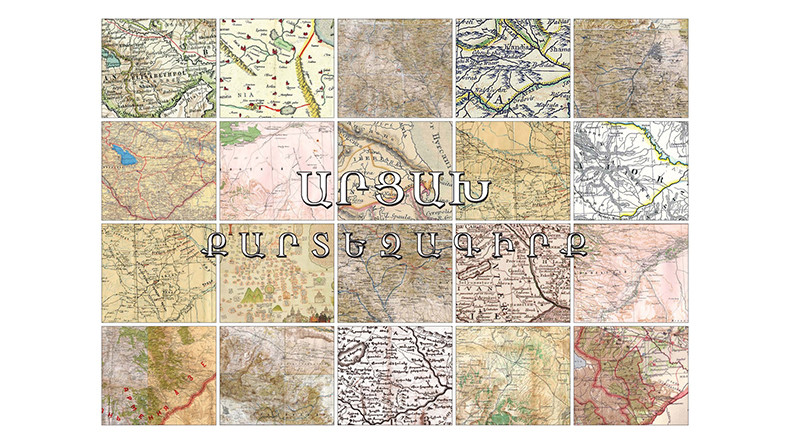The newly published electronic atlas of Artsakh available in three languages – Armenian, Russian, and English, – provides scientific, yet brief information about the region, Shoghine Hovhannisyan, chairwoman at Duty of Soul NGO stated during the presentation of the work on Tuesday.
In her words, the 40-page work offers an all-embracing picture of Artsakh (including the occupied northern part) with photos as well as maps of ethnic distribution, scriptoria, educational institutions and cultural monuments.
“The aim of this work to make the history and culture of Artsakh accessible both to the Armenian public, especially the politicians engaged with Artsakh issues and to the foreign audience. This is a weapon on the diplomatic front to be used against Azerbaijan,” Mrs. Hovhannisyan said.
The electronic versions of the Atlas have been prepared by Duty of Soul NGO the with the support of the Foundation studying Armenian architecture and implemented within a grant programme of the Youth Foundation of Armenia. The atlas is available at the website of the Foundation https://www.raa-am.com/Arcaxqartezagirq/imeges/Arcakhq__En.pdf.
Read also
Shoghine Hovhannisyan informed that the Russian and Armenian versions of the work will be presented by the end of the year or at least in the beginning of the next year.
The head of the foundation studying Armenian architecture Samvel Karapetyan, present at the presentation, said that preference had been given to the maps drafted by foreign authors.
“There are number of maps depicting Armenia with Artsakh within its borders that had been drawn by foreigners. A map dating 1985 was entitled Artsakh – not Karabakh, which means that in the 19th century the land was known as Artsakh. It remains unknown the reason for the later dismissal of the name Artsakh from circulation and preferring Karabakh instead,” Karapetyan noted.
He next informed that the atlas features the educational institutions with details such as the dates of their foundation, the manuscripts kept, while the map of the historical monuments is split due to the great number of the sights with separate categories for churches, towers, fortresses, monuments, etc.
Furthermore, as Karapetyan informed, the Artsakh Atlas is supplemented with maps of various specific specialization.
To note, the Artsakh Atlas was initiated within a grant competition of the Youth Foundation of Armenia, a partner organization chosen by the RA President.


























































